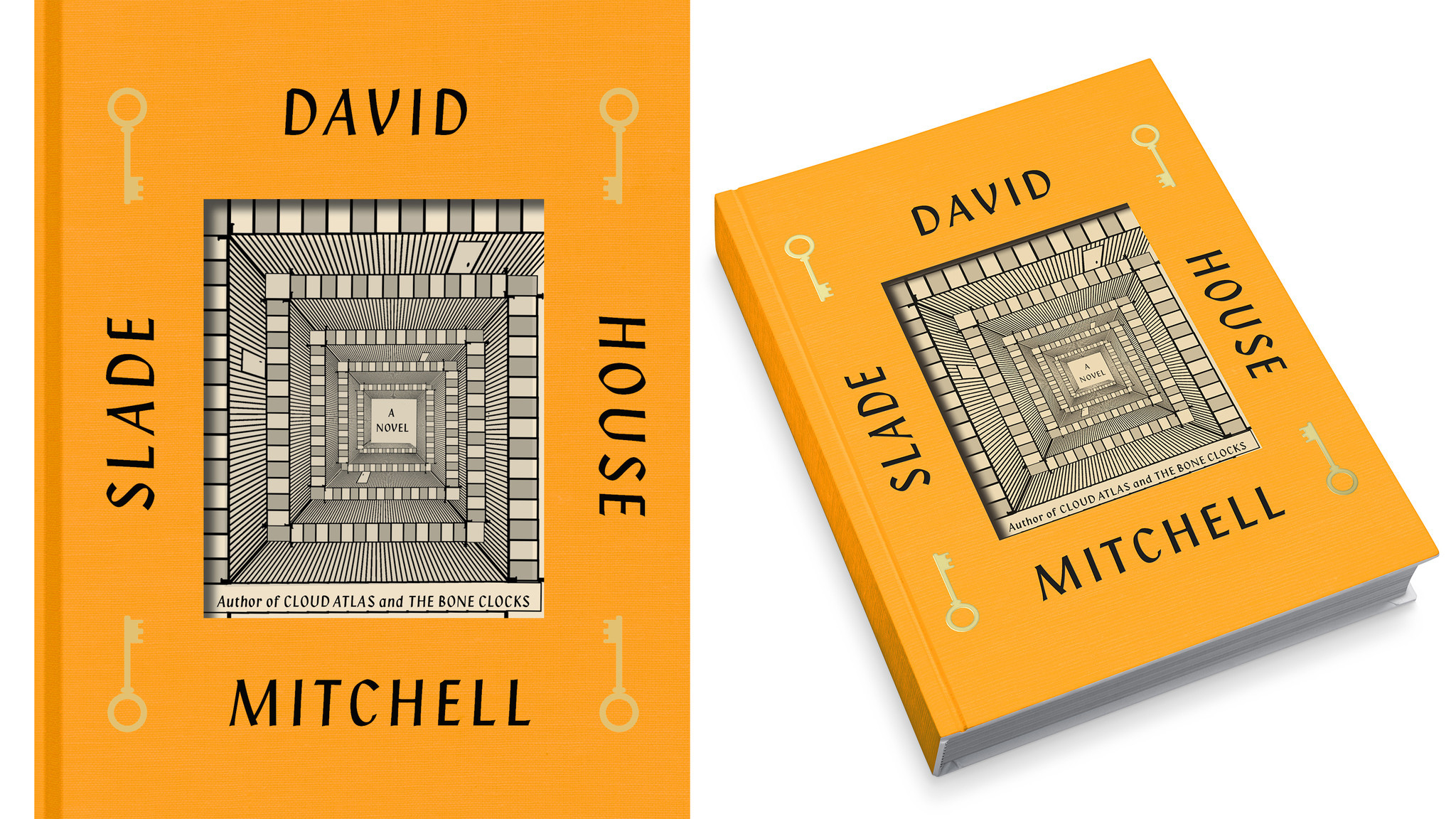Slade House by David Mitchell

Words by Rachel Johnstone
This Twitter-experiment-turned-novel is truly creepy. While David Mitchell uses established elements of the scary story genre, he also manages to combine these with a kind of realism that gives the novel a totally different feel, and one that is a lot more disturbing than at first thought.
Welcome to Slade House! If you are lucky, you will find the entrance, but you may just regret your good fortune. Perhaps some things are better left alone, although the novennial disappearances of Nathan Bishop, Gordon Edmunds, and the Timms sisters leave a lot of unanswered questions. The novel is separated into five sections, each narrated in first person, spanning the years of 1979 to the present day. And all of Slade House’s victims fall prey to a world of paranormal activity. Nathan Bishop begins to blame Valium for his initial hallucinations, but even he cannot deny the absurdity when he witnesses his own portrait hanging in Slade House. Likewise, Sally Timms assumes a drug is at play during a house party nearly 20 years after Nathan Bishop’s disappearance, yet her attempts to leave are futile: “What do you actually do if you find an impossible alleyway on an acid trip? Go down it? Could do. See if it takes me back to Westwood Road.” Our final story sees a shift in perspective, where the narrator moves from victim to culprit, and the game of cat-and-mouse becomes blurred as the aggressor slowly realizes her victim is not so ignorant of the folly of the house at the end of Slade Alley.
With every new story in the novel, there is an added sense of urgency and a genuine hope that the victims – loners, and seemingly societally unimportant – will be the change in the twisted plot the Grayer twins are acting out. This building of climatic tension leaves the book hard to put down, as the reader is left forming emotional connections with the characters falling prey to this mysterious house. Mitchell’s incredible descriptive prowess is certainly most noticeable in the novels finale, where there is a clash between the reality of the outside world and the feigned reality of the Grayers’ utopian setting inside Slade House.
While having received some mixed reviews, Mitchell manages to draw the reader in and has us connect in a way that we feel we are involved in the solving of the mystery of Slade House. As information is gathered from story to story, we are able to grasp an understanding of the workings of Slade House and build a repertoire for the proceedings a “guest” will encounter. It is not just a horror story, but a horror story that has the twists and turns of a murder mystery, with the reader witnessing firsthand the atrocities of Slade House and the reclusive owner’s unsavory ambitions.




